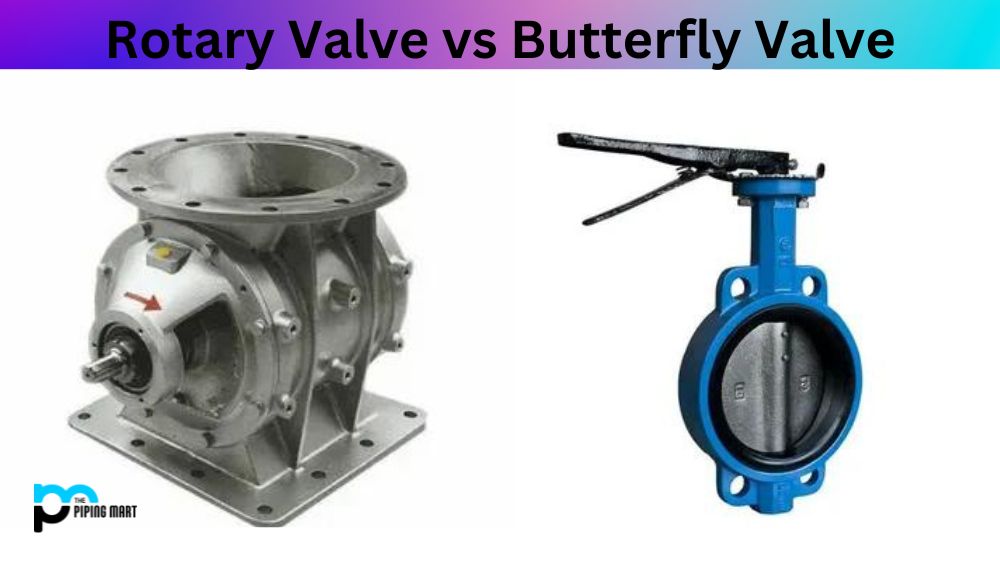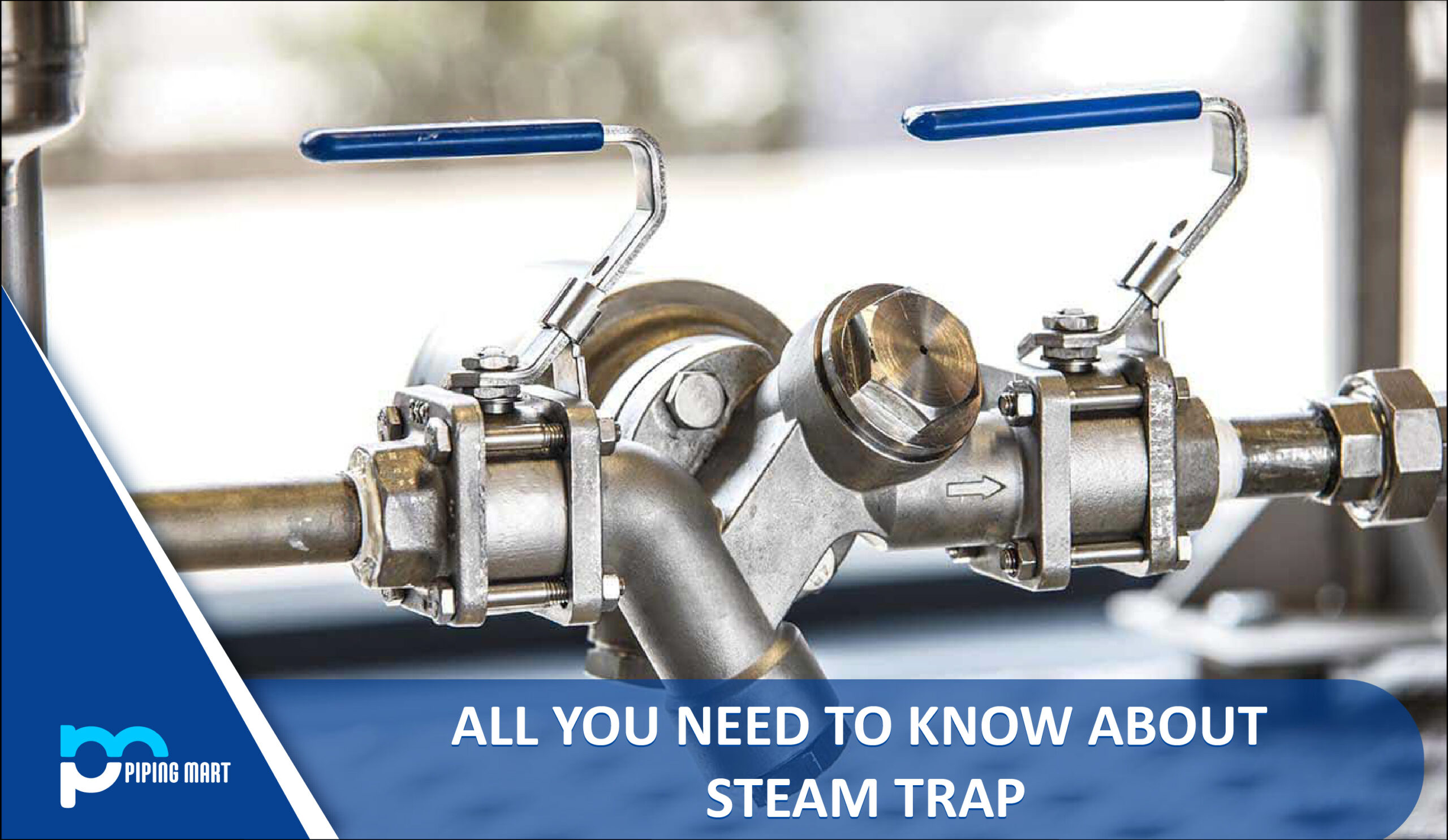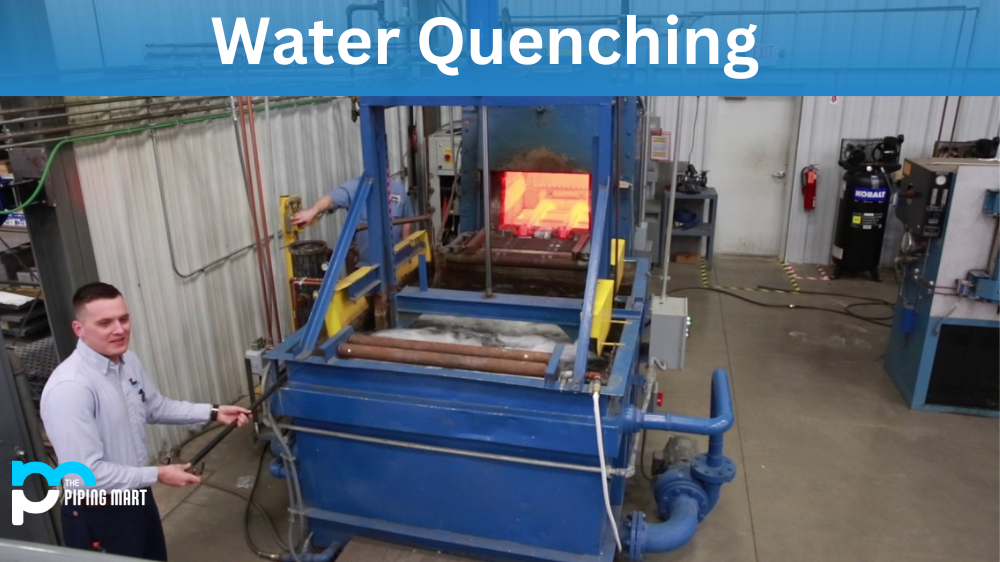Submerged Arc Welding (SAW) is a welding process that involves a power supply, wire feeder, and consumable electrode. It has been widely used in the construction industry for many years due to its ability to produce strong, high-quality welds quickly and efficiently. But like all welding processes, SAW has both advantages and disadvantages. Let’s take a look at what these are.
6 Advantages of Submerged Arc Welding
The main advantage of using SAW is its speed. This welding process can join metal pieces much faster than other methods—up to ten times faster in some cases. This makes it ideal for large-scale production runs or when time is of the essence. Additionally, SAW produces welds with less distortion than other methods, making them suitable for thin materials such as stainless steel and aluminum.
Another advantage of this method is its low cost compared to other welding processes; depending on your job, your costs could be up to 50% lower than if you were using another type of welding technology. Finally, SAW requires very little skill or experience; even novice welders can achieve consistent results with this method.
- Submerged arc welding (SAW) is a welding process that involves submerging the arc and electrode in a layer of flux.
- The use of flux helps to protect the weld from contamination and makes it possible to weld in all positions.
- Submerged arc welding is a highly productive process that can weld thick materials quickly and efficiently.
- The process is also well-suited for automated welding applications.
- Submerged arc welding produces high-quality welds with minimal defects.
- The process is also relatively safe, as the arc is submerged in flux and not exposed to the welder
6 Disadvantages of Submerged Arc Welding
Despite its benefits, there are also some drawbacks to using this method. The most significant disadvantage is that SAW can be messy and difficult to clean up; it produces slag (a coating that forms over the weld), which must be removed after the job is done for the welded area to be safely used. In addition, the fumes produced during this process can be hazardous if not properly ventilated. Finally, due to its high heat levels and fast speed, mistakes made while using SAW can be difficult (or even impossible) to undo or fix without completely starting from scratch again.
- High capital investment
- Limited to large-scale projects
- Requires highly skilled operators
- Slow welding speed
- Generates a lot of smoke and fumes
- Can be dangerous
Conclusion:
Submerged Arc Welding (SAW) offers several advantages over other types of welding processes, including speed, cost efficiency, and ease of use for novice welders. However, there are also some drawbacks associated with this method, including messiness and difficulty cleaning up after use, and potential health risks associated with exposure to fumes generated by the process. If you’re looking for a quick way to combine metal pieces with minimal distortion and maximum strength, then SAW may be the perfect solution!

Meet Bhavesh, a seasoned blogger with a wealth of knowledge and experience. From metal products manufacturing to retail, Bhavesh has a diverse background in various industries and is dedicated to sharing his insights and expertise with readers.




